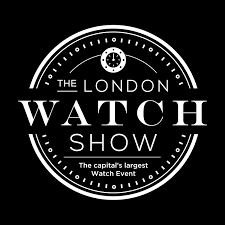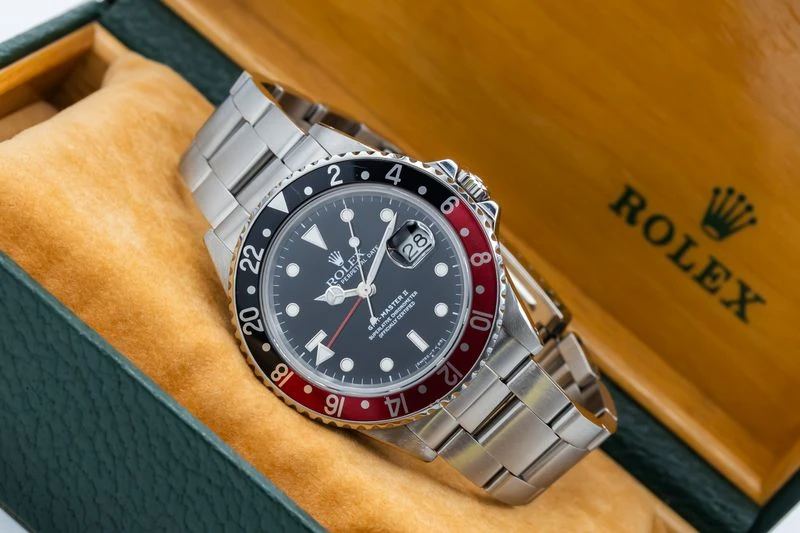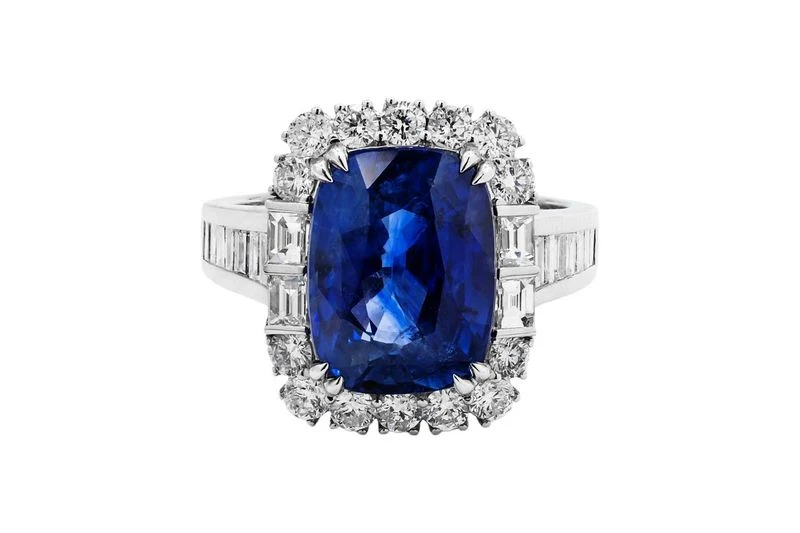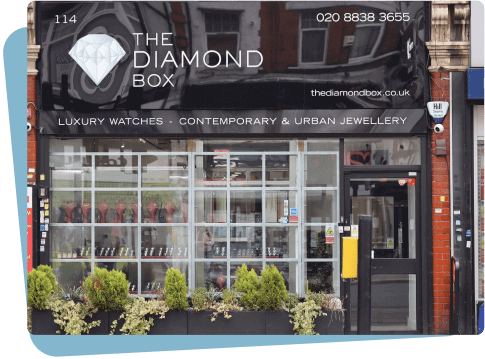




Luxury has always meant new. Until now.
We're watching something shift in how high-value goods move through the market. The secondhand luxury market grew 7% last year, outpacing new luxury sales. That's not a trend. That's a market restructuring.
In New York City, this restructuring has built genuine infrastructure around pre-owned diamonds and gold. Not boutique resale shops. A network of buyers, refiners, and dealers creating what economists call a circular economy.
Diamond mining produces 143 pounds of carbon dioxide per carat. It consumes 126 gallons of water. It disturbs 100 square feet of land and creates nearly 6,000 pounds of mineral waste.
For one carat.
Recycling bypasses all of that. Diamonds don't degrade. They can move through the market indefinitely without additional extraction. The same stone that required massive environmental disruption to mine can circulate for generations once it enters the system.
Gold tells a similar story, but with even starker numbers. Recycling gold is 300 times better than mining it when you measure environmental impact. Three hundred times. That's not marginal improvement. That's a different category of activity entirely.
The environmental case matters, but it only functions if infrastructure exists to support it. NYC has that infrastructure.
Established buyers create liquidity. Sellers know they can convert pre-owned diamonds and gold into cash quickly, at fair market rates. That liquidity makes the circular economy practical rather than theoretical.
The city's concentration of expertise matters too. Appraisers, gemologists, and precious metal refiners form a dense network. This density reduces transaction costs and increases trust. Both are essential for markets dealing with high-value, difficult-to-authenticate goods.
We're seeing luxury brands recognize this reality. Major houses have launched certified resale programs. They're not doing it purely for sustainability marketing. They're responding to market demand and building infrastructure to capture value they previously lost to secondary markets.

When you sell pre-owned diamonds or gold in NYC, you're participating in this system. Your transaction contributes to reduced mining demand. It extends the lifecycle of materials that required significant resources to extract.
But you're also accessing financial value that might otherwise sit unused. Jewelry you don't wear. Gold from outdated pieces. Diamonds from relationships that ended.
The circular economy makes both things possible at once: environmental benefit and financial return. NYC's infrastructure makes it efficient.
That efficiency is why the market keeps growing. Not because of ideology, but because the system works better than the alternative for an increasing number of participants.
The luxury market is learning what other industries already know. Circular beats linear when the infrastructure supports it.
Visit us in store for great service and to see our amazing collection.
114 Ballards Lane, Finchley, London N3 2DN 020 8838 3655
